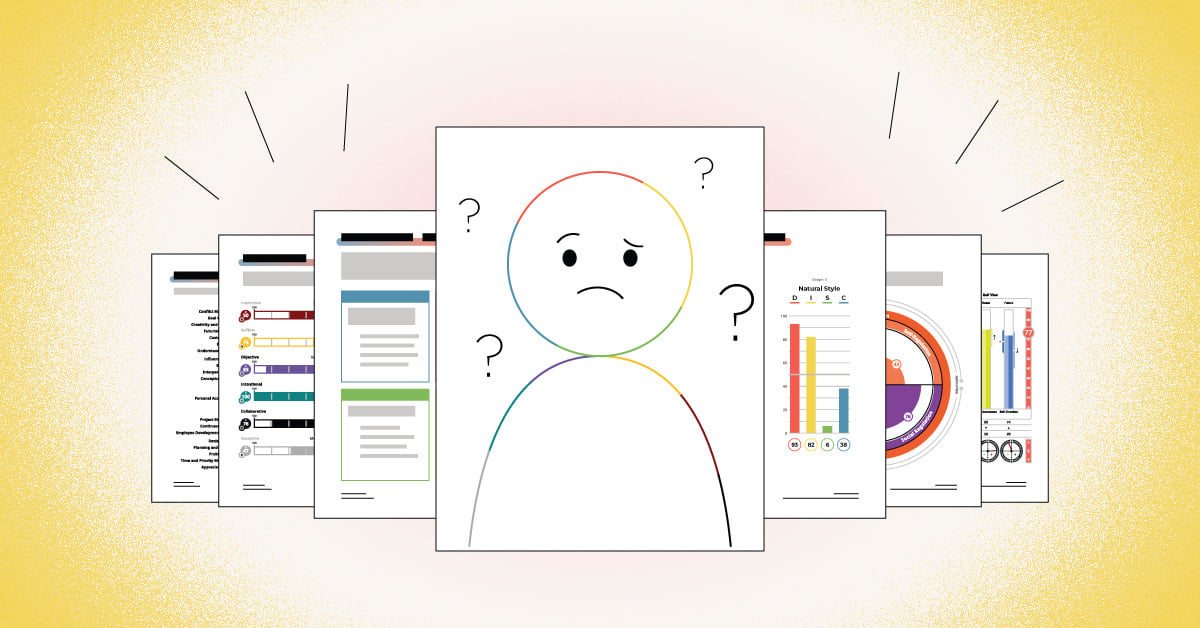
In the technology age, things change by the day, sometimes by the hour. The workplace continues to evolve in a similar manner. The old days where a person had one career working for one company are a thing of the distant past. Employees and organizations in the modern age need to keep up with current trends to stay relevant. The only constant is change.
As we take a look at the evolving workplace, we believe these six trends will continue to gain momentum in 2019.
-
Micro-careers will continue to be on the rise
A person will not only switch companies frequently in the span of a career, the career itself may change several times. Each profession will require a specific and unique set of knowledge and competencies.
According to careercast.com, a person can be expected to have 10-15 employers over the course of their career; a career that will likely span more years than those of their parents and grandparents. In all likelihood, a person will work in 3-5 different professions throughout their working career; a substantial change from earlier generations.
In his book Outliers, Malcolm Gladwell once said that it takes 10,000 hours to be the master of something. With all the career shifting going on in the workplace, it stands to reason that there will be a real shortage of “masters.” While the new strategy will call for many “masters-in- progress,” one has to wonder how many will ever actually achieve that status?
2. Work/Life Balance will become Work/Life Blend
Progressive companies continue to allow workers additional flexibility in their work schedules. Companies that get it understand that productivity (and especially creativity) cannot be tied to a clock; it happens when it happens. For those who do task-based work, the clock is relatively irrelevant.
The shift toward remote work will continue to increase because there is less and less need for employees to congregate in one communal space. With technology connecting coworkers with the press of a button, workers can increase productivity by eliminating time spent behind their windshields driving to and from work every day.
What this means is that with more workers having the ability to make their own hours, the “work” and the “life” begin to take on more of a blend. This employee engagement strategy is working and companies that are tuned into this important trend will continue to attract and retain the best talent.
3. Millennials will dominate the workforce
Three years ago, millennials became the most populated generation in the workforce. By 2017, they accounted for 35% of the workforce. The percentage of millennials in the workforce continues to increase as baby boomers retire. The number is expected to in the mid-to-upper 40s by the end of the decade.
Not only are millennials plentiful, they’ll be in the workforce for the foreseeable future. Employee engagement strategies need to be millennial-focused in order to attract and retain this important group of employees who are fast becoming the next generation of leaders.
Key things millennials seek in a work setting include open communication, a great work culture, achieving purpose and involvement with causes important to them.
4. Micromanaging will continue to decrease
While no one ever would willingly preferred to be micromanaged, it was more accepted in years past. Today, workers refuse to be put in situations where someone is constantly checking up on them and looking over their shoulder. Employees need to have the flexibility to take chances and make the occasional mistake in order to grow. The more a person is micromanaged, the less thinking they’ll be required to do, resulting in a robotic, less engaged employee.
Micromanaging leads to lost morale, lower productivity and actively disengaged workers. It also leads to workers looking for new opportunities where they are free to think for themselves without someone always lurking nearby.
5. Marketing will continue to be more personalized
One size does not fit all and that’s especially true in the world of marketing. People are absolutely bombarded with messages in all walks of life, and for a message to cut through the clutter, it needs to resonate on a very personal level.
Another important marketing aspect is the importance of the customer review. Companies need to engage with their audience and encourage feedback. The younger generations rely on customer reviews when doing business. A company with a huge catalog of (mostly) positive reviews will create a level of comfort to a prospective customer. Companies that actively use customer reviews as a way to market will often attract the attention of the younger buying generations who view the customer review as a valued resource.
6. Businesses will prioritize employee happiness
Employee engagement is not just a hot-button topic, it’s essential in today’s marketplace. Workers have choices and they want to work where they are happy. With unemployment at historic lows, companies need to keep their employees happy and engaged if they stand any chance of retaining them. A happier employee is a productive employee. For every happy employee a company retains, that’s another employee an organization doesn’t have to spend time and money trying to replace.
Conclusion
Happiness comes from multiple sources. Being part of a positive company culture, doing meaningful and enjoyable work, having supportive but not omnipresent leadership and flexibility to live life as it comes without the constraints of a fixed schedule are just some of the ways that employees find happiness. Workers want to work for companies and bosses that they respect. Companies that will continue to attract and retain the best talent are the ones who prioritize these important factors.



